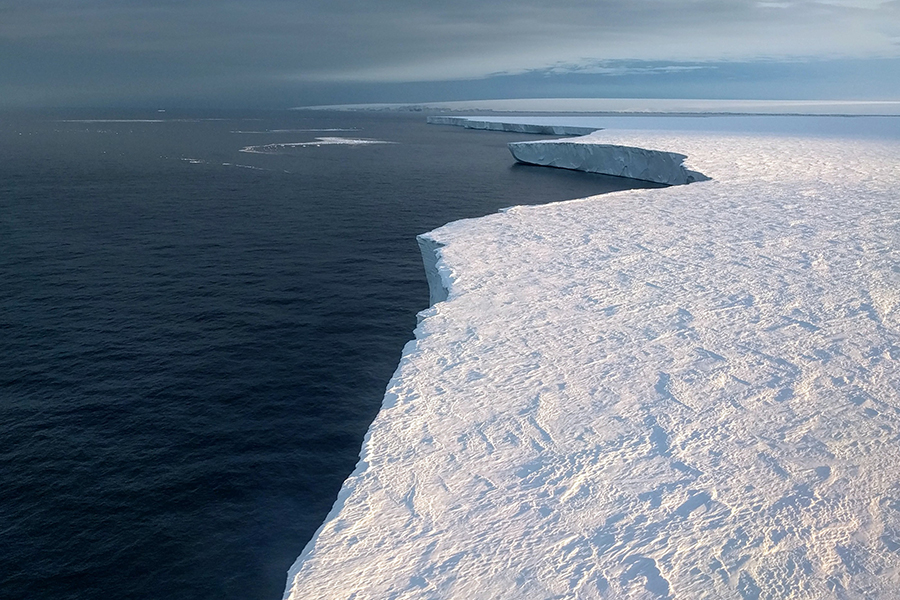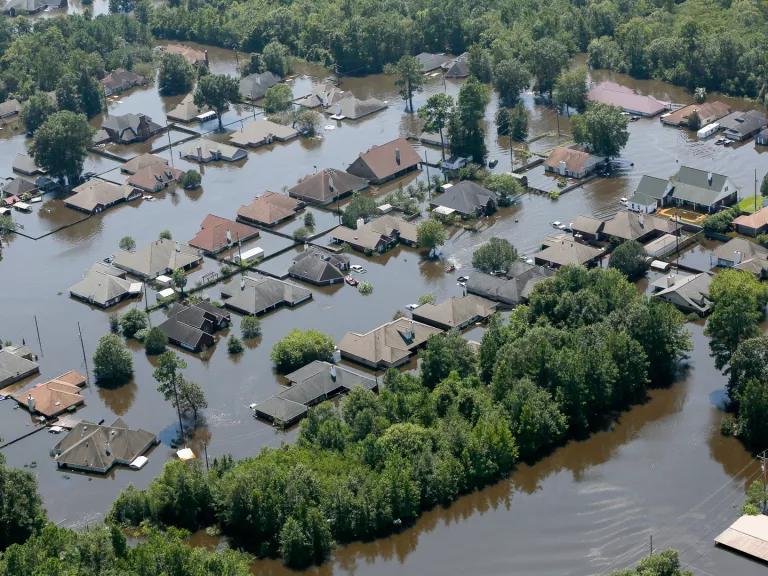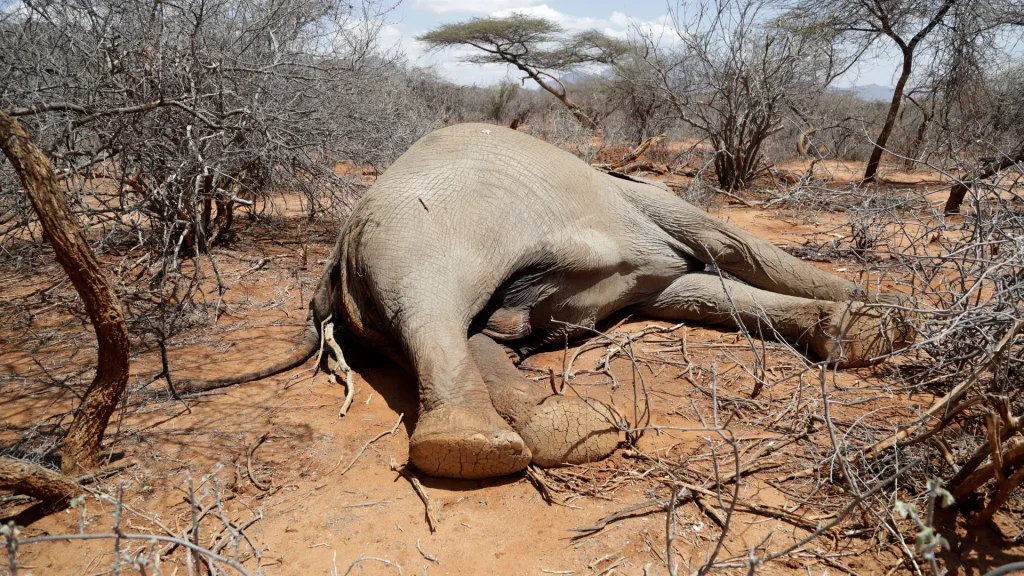Climate change is a long-term disruption in the atmospheric conditions of a place, lasting between 30 and 35 years. The atmospheric factors that contribute to climate change include temperature, rainfall, relative humidity, atmospheric pressure, solar radiation, wind speed, and wind direction. It is a global issue of concern that affects every aspect of human life and the environment, including the lithosphere, hydrosphere, atmosphere, and biosphere. Climate change is typically introduced through two main pathways: greenhouse gases (GHGs) and the heating effects of particulate matter. These two components are the main contributors to atmospheric air pollution. Gases, especially greenhouse gases (GHGs) and particles/aerosols are direct products of human activities, particularly through the burning of fossil fuels.

The greenhouse gases, including carbon dioxide, methane, nitrous oxide, and water vapor, exhibit the principle of greenhouse (glass house) effects. On release into the atmosphere through various anthropogenic activities such as industry and vehicles, as well as the combustion of fossil fuels (coal, oil, petrol, and diesel), greenhouse gases (GHGs) form a transparent blanket or ceiling in the sky. This blanket allows incoming solar radiation to pass through but hinders the passage of ground-emitted heat (infrared radiation). Normally, when the sun heats the Earth during the day, it is expected that the absorbed heat should be released back into space in the form of long wavelengths at night. In essence, the heat absorbed during the day should be dissipated into the atmosphere at night. However, the presence of greenhouse gases (GHGs) usually disrupts this pattern, leading to alterations in global climatic conditions.

The second phenomenon that typically contributes to climate change is the warming effects of particulate matter. The particles can absorb or reflect solar radiation. In the process of reflection, the aftermath is a cooling effect, which is a system that reduces global temperatures. In the case of the absorption of solar radiation by particles, the resulting effect is an increase in heat.
The trapped heat results in an increase in global temperature, a condition known as global warming. Consequently, a chain of reactions often follows the disruption in temperature patterns. Extreme temperatures can lead to the melting of polar ice, resulting in a rise in ocean/sea levels. When the ocean/sea rises, there will be coastal flooding, which can result in the loss of lives and properties. It can also lead to the displacement of people’s habitats, creating internally displaced people or disaster refugees. Additionally, there is a risk of contamination of drinking water, the proliferation of diseases, the loss of farmland, food insecurity, and the loss of biodiversity. High temperatures can also lead to heat waves, which can have various effects on public health (such as discomfort, bacterial meningitis, and even death), agriculture, hydrology, and livelihoods.

Climate change is also known to affect rainfall patterns in many places around the world, causing some areas to experience changes in their annual precipitation. The areas that experience a decrease in annual precipitation would undoubtedly suffer from severe drought conditions.
Drought leads to the loss of vegetation, the caking of soil, and an increase in ambient temperature. The indicators of drought are food shortages and a lack of water. This is one of the major problems of environmental insecurity, war, and terrorism. On the other hand, the areas that received increased rainfall will experience flooding, along with the subsequent effects previously mentioned.
Undoubtedly, the scourge of climate change is blatantly evident. The leaders of the world have gathered in the past and are still convening meetings to discuss the way forward on climate change. This has led to the creation of treaties, conventions, and declarations. Topical issues such as carbon trading and the development of clean and green energy have emerged as a result of the climate change phenomenon.
The scourge of climate change is now being felt in agriculture, resulting in erratic rainfall patterns. Farmers are bearing the brunt of this menace, resulting in reduced or no production, particularly in areas where farming relies solely on rain. This puts pressure on environmental resources, such as water and plants. This is the genesis of the incessant conflicts between farmers and herdsmen. Without a doubt, this has led to the loss of lives and property. Unless an urgent solution is provided to curb the problem of climate change, the survival and existence of humans may suffer a setback at an unpredictable level. Continuous emissions of greenhouse gases by humans will continue to jeopardise the lives of both humans and animals.

The primary solution to climate change is the utilisation of alternative or clean energy sources such as solar, hydroelectric, and wind power. Tree planting for carbon sequestration should be encouraged. There is also a need to replace synthetic plastic with bioplastic. Every activity that could generate air pollution should be discouraged. Proper education and awareness of climate change should be disseminated to the masses. Climate-resilient crops should be developed to allow cultivation throughout the season.
Other agricultural practices, including vertical farming (hydroponics and aeroponics), drip irrigation, precision farming, and urban agriculture, should be further developed and encouraged. Topical issues on climate change should be incorporated into the curriculum of students from primary to tertiary institutions. All hands should be on deck to stop climate change so that it will not change us.
Dr Adewale Taiwo is a Lecturer at the Department of Environmental Management and Toxicology , Federal University of Agriculture, Abeokuta, Ogun state, Nigeria.
Do you want to share a story with us? Do you have a life experience or opinion you want to share? Do you want to advertise with us? Do you need publicity for a product, service, or event? Contact us on WhatsApp +2348033617468, Email: ValidViewNetwork@gmail.com
Do you want to advertise with us?
Do you need publicity for a product, service, or event?
Contact us on WhatsApp +2348033617468, +234 816 612 1513, +234 703 010 7174
or Email: validviewnetwork@gmail.com
CLICK TO JOIN OUR WHATSAPP GROUP





